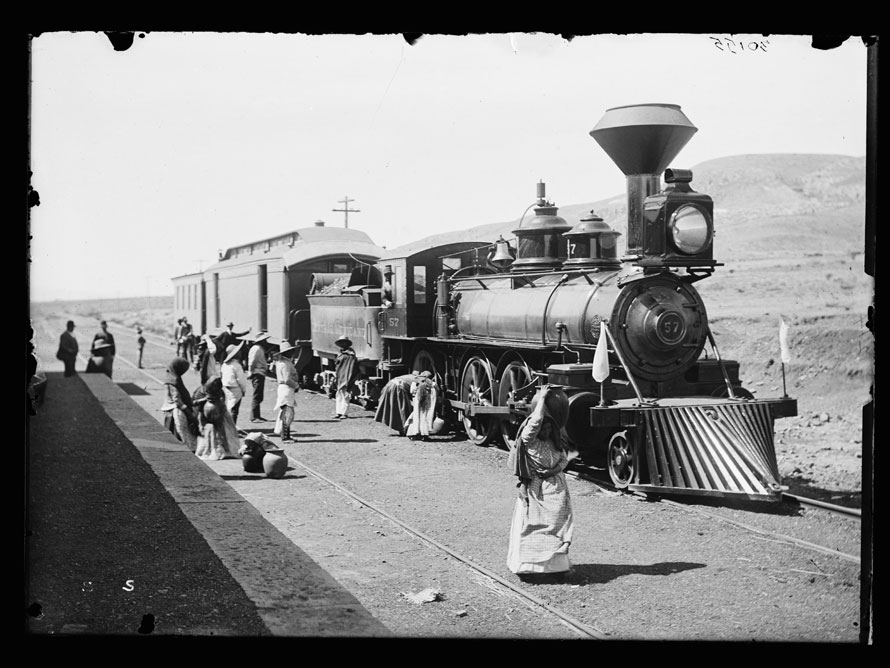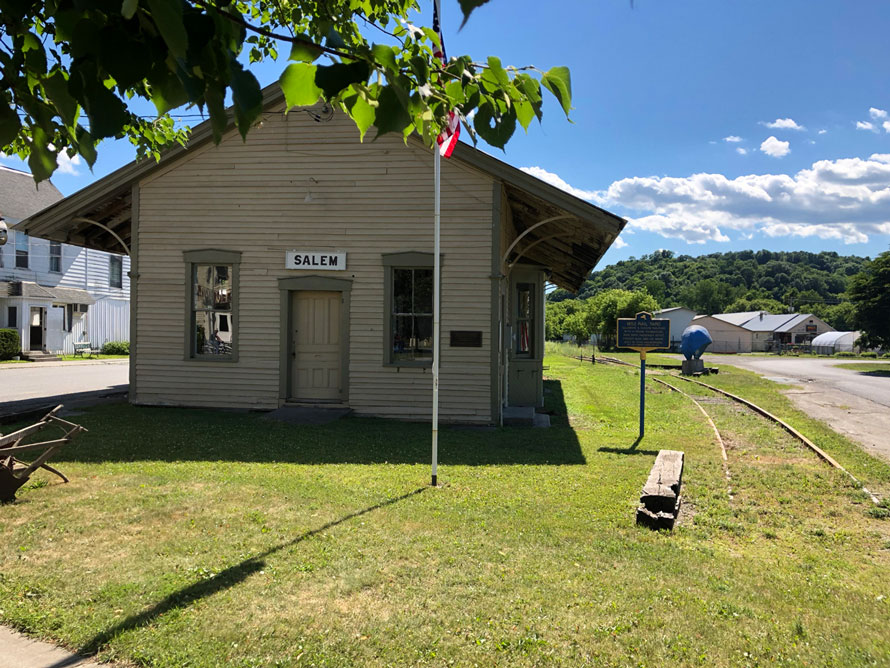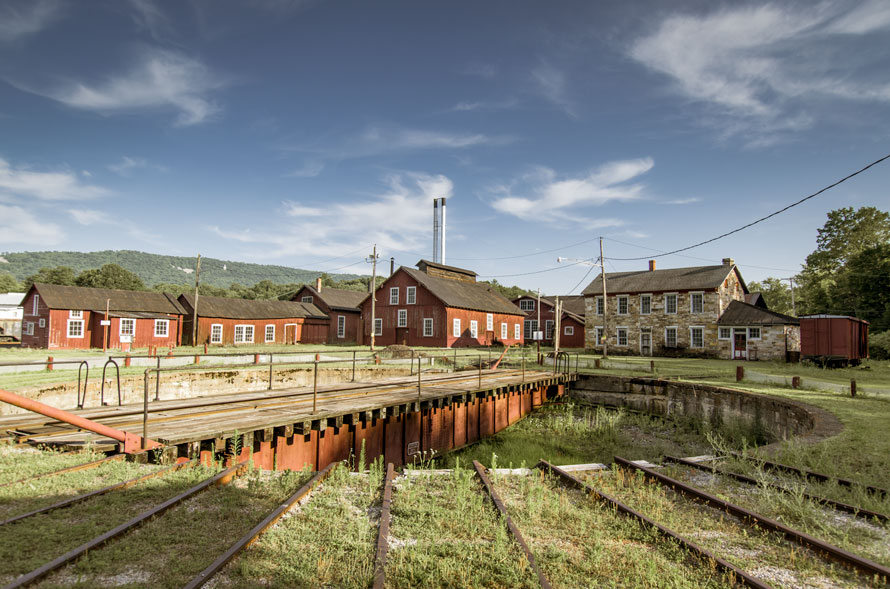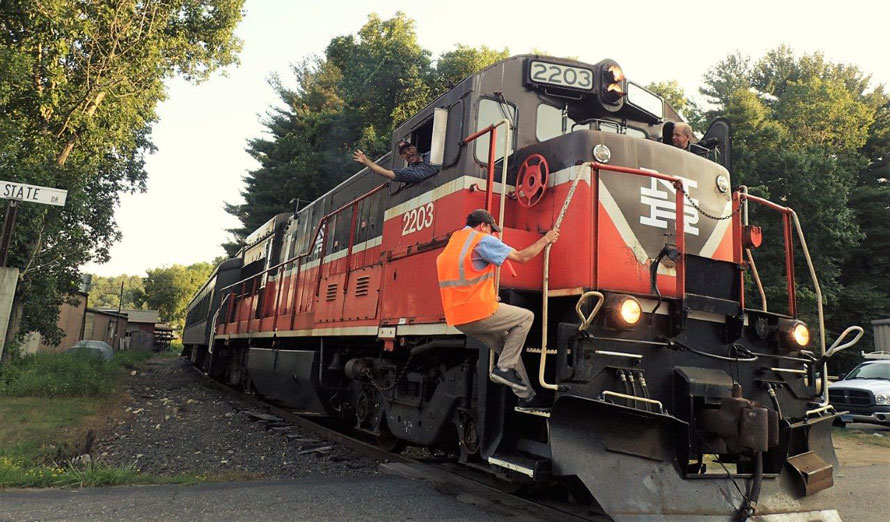Waking a steel horse from her slumber
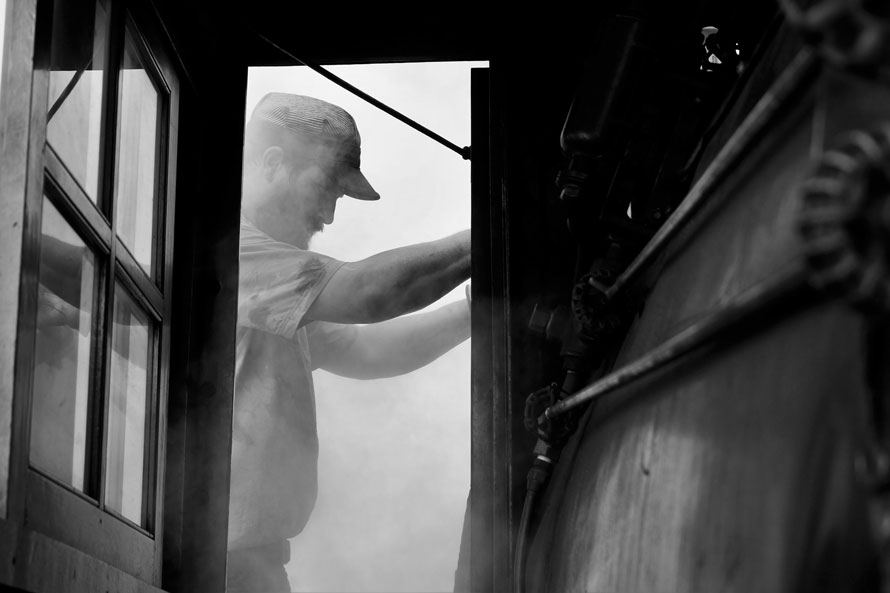
The morning of July 16, I got up with the sunrise to the sounds of a local radio station’s morning show. The sun had not even risen above the horizon, but there were already some wispy clouds illuminated in a magenta color. I had no time to waste; I had an 8:00 a.m. rendezvous with my friend Ross Gochenaur at the Strasburg Railroad enginehouse. Ross has worked for the Strasburg Railroad for twenty years as an engineer, fireman, and shop worker. Today, however, I would get to observe and photograph the hostling of the engine pulling the railroad’s hourly train for the day.
